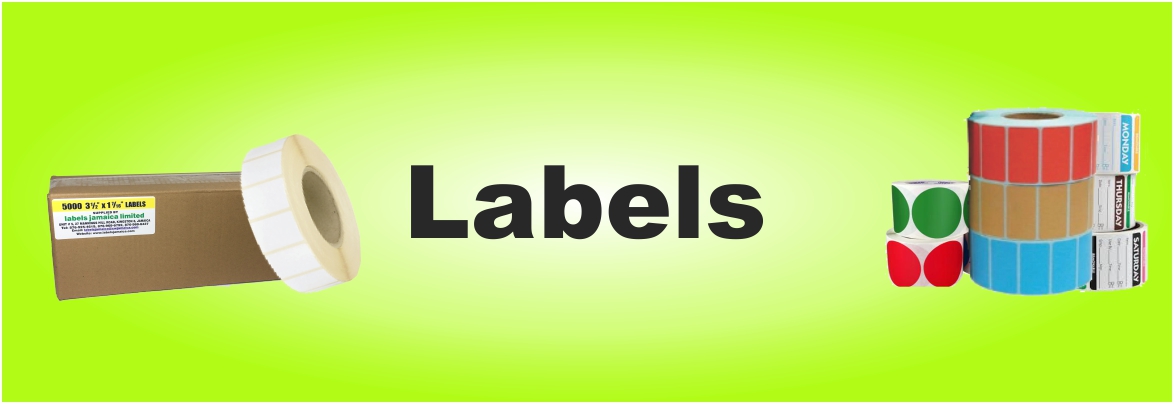Labels are produced in a wide variety of sizes and shapes on thermal, direct thermal, gloss, matte, fluorescent, polyester, card stock and much more. Let’s take a closer look at the different label material types and how each can be customized to suit your needs.

Thermal Transfer Paper

Direct Thermal Paper

Semi-Gloss Paper

High Gloss Paper

Metallic Paper in Silver and Gold

Day Glo Paper
Day Glo Paper also referred to as Fluorescent Paper is the trade name for papers containing fluorescent or neon pigments. These pigments makes the paper much brighter than standard colours and far more noticeable, which makes it ideal for promotional labels, price tags, inventory control labels and quality control labels. The fluorescent label materials are as versatile as they are functional. Used as inventory and warning labels, as well as eye-catching advertising and promotional labels, fluorescents demand attention.

White Film BOPP Polypropylene (Bi Oriented Polypropylene):
BOPP is a variant of polypropylene (PP). Polypropylene a thermoplastic polymer, alternately known as polypropene, is the world’s second most produced synthetic plastic.
Labels made with BOPP Polypropylene are extremely durable, and can also be waterproof with the appropriate inks and adhesives. These labels can be immersed in ice-water or subjected to high-humidity without deteriorating.
 Labels.jpg)
EDP (Computer) Paper
EDP paper is used to create blank labels that are used in Electronic Data Processing. This label is currently used exclusively by pharmacies island-wide.

White Nylon

Card Stock
Card stock is used to create non-adhesive labels, which are usually tags to be included on packaging.
It is available in a variety of colours, thickness and finish.


